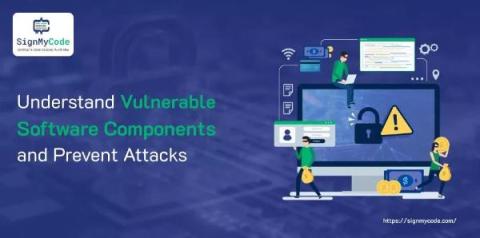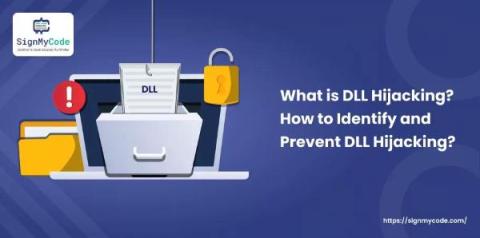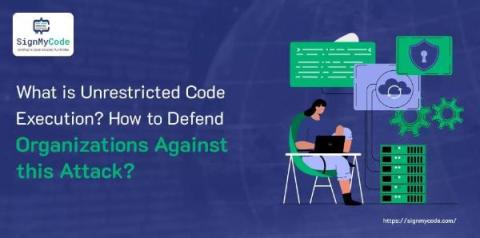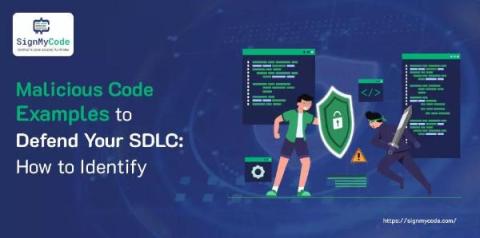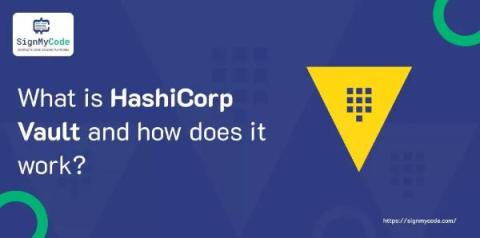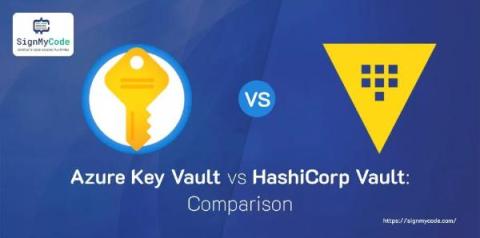What are Vulnerable Software Components? Common Attacks, Identify and Mitigate
The highly competitive digital setting that we have today requires modern software applications to serve as the foundation of business operations, communication, and service innovation. However, this agility has some risks since outsourcing part of application development to external tools and libraries implies that the organization can unintentionally introduce vulnerabilities that cybercriminals can use against them.


